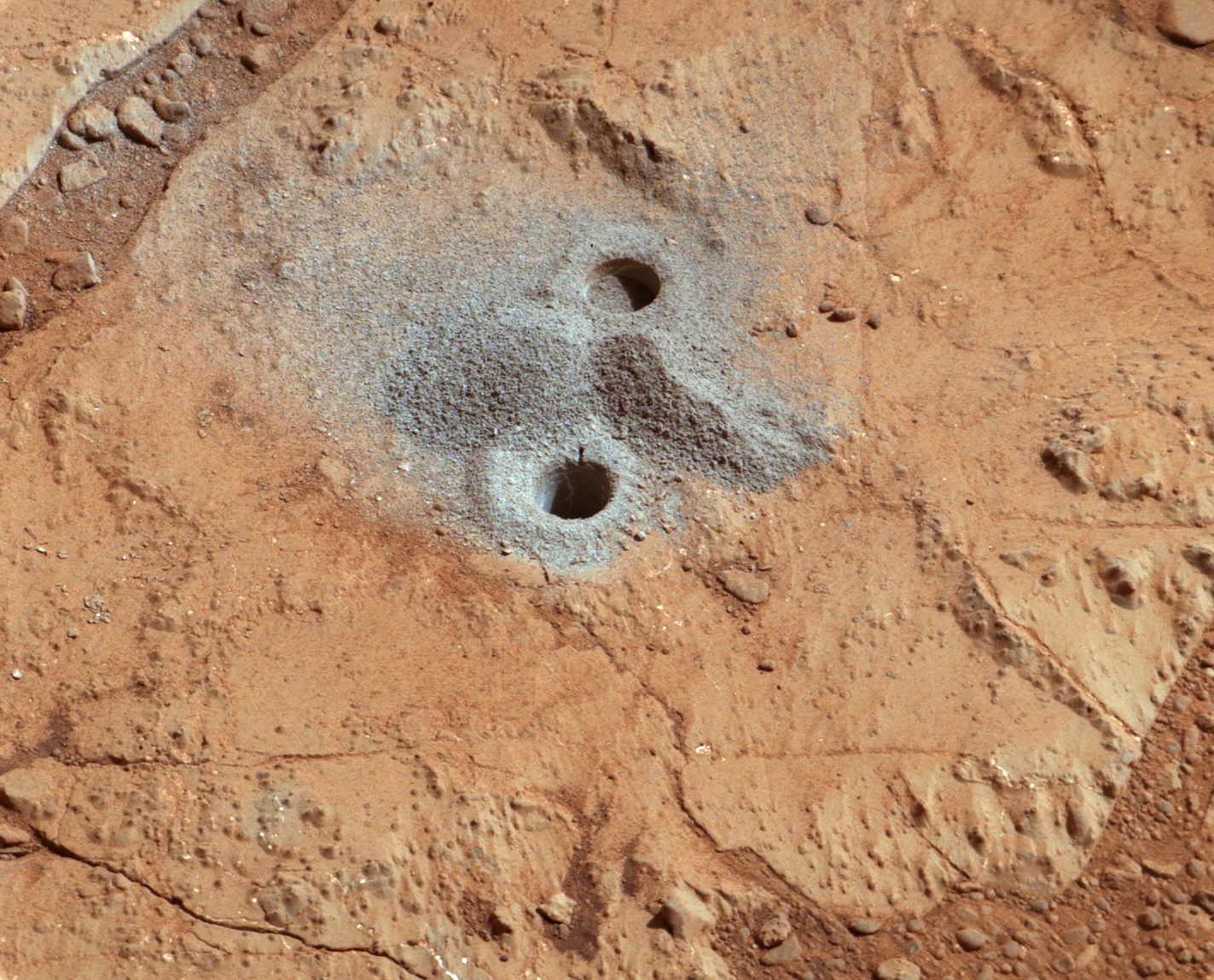
Perseverance has taken best samples in search of traces of ancient life on Mars: NASA
Recently, a representative of the NASA mission overseeing the Perseverance rover reported that the rover appears to have collected the best rock sample from the Red Planet, which could provide insights into the existence of biological life on ancient Mars. Such rocks are where scientists on Earth find traces of ancient microorganisms, Space.com reports.
Of course, the samples collected by Perseverance still need to be returned to Earth. The mission to return them has been largely planned, but it has encountered significant budget overruns and years-long delays. The rover team is undeterred by this and continues the mission of collecting samples. A total of 38 titanium tubes are to be filled, with about 70% of them already containing rock, surface, core, and even air samples from the planet.
The rover takes two samples at each location. One tube is then left on the planet's surface in improvised "stores" — essentially just on the sand in the open air, while the second tube is stored on the rover. The mission to return the samples to Earth will either retrieve the container from Perseverance, provided the rover doesn't get lost in Mars's sands, or pick up the tubes from the surface using robotic helicopters (previously, a small rover was proposed for this task).

In key samples for searching for signs of ancient life on Mars, taken in the Lefroy Bay area of Jezero Crater, hydrated silica has been found. It was identified using the rover's camera. Unfortunately, more detailed analysis of the sample on-site is not possible. Moreover, even a rough analysis of the substance has become impossible under Martian conditions. The SHERLOC spectral instrument intended for this purpose is temporarily considered non-functional due to a shutter failure. The problem might be resolved in the coming months, but this is not certain.
The rover will continue collecting samples as it moves through a more challenging area. It will attempt to climb the inner slope of the crater — the presumed former shore of an ancient lake. This is the best place to collect samples from bottom sediments from different eras. Preliminary analysis of the collected samples increasingly indicates the presence of water on ancient Mars, and if there was water, it means there is a high probability that life, even microbial, could have originated on Mars in ancient times. In any case, this would confirm that Earth is not unique in terms of the emergence of life and that life definitely exists elsewhere in the universe.
- Related News
- Perseverance finds rock on Mars with signs of life on Earth (photo)
- On 25th anniversary of Chandra telescope, NASA released 25 photos previously unseen by the public
- Rare intermediate-mass black hole has been discovered at the center of our galaxy
- Stone "snowman" and pure sulfur crystals on Mars։ Remarkable discoveries by Perseverance and Curiosity
- When will humanity settle on Mars? Interview with Gernot Grömer
- TESS telescope discovers super-hot exoplanet the size of Neptune
- Most read
month
week
day
- Buyers massively complain about Samsung's Galaxy Buds 3 and Buds 3 Pro headphone, even finding hair in the box 823
- With today's mortgage interest rates, banks simply cannot sell products in 2025: Interview with Vardan Marutyan 815
- Ants and bees 'taught' tiny drones to navigate without GPS, beacons or lidars 677
- Samsung will release Galaxy Tab S10+ and Ultra tablets and Galaxy Z Fold 6 Slim and Galaxy w25 smartphones in October 644
- Insider unveils specs of all smartphones of iPhone 17 series, including the 17 Slim 606
- Mass production of iPhone SE 4 will begin this October, with sales starting in 2025 603
- Telegram's monthly active audience reaches 950 million 587
- What are the problems in the construction industry? Interview with Vardan Marutyan 564
- For the first time in history, iPhone will get a Samsung camera 563
- What dangers can feature phones from unknown manufacturers conceal? 559
- Archive
